
Top Sellers
Top 50 Best Newest Supplements Top Protein Top Pre-Workout Top Post-Workout Top Fat Loss Top Intra-Workout Top Health & Wellness Powerlifting Books
Workout Accessories
Videos
Workout Music
Powerlifting Books
Workout Accessories
Videos
Workout Music
Ads
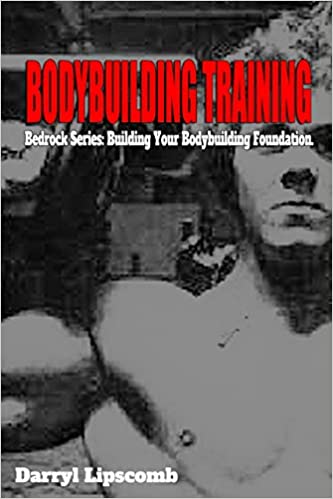

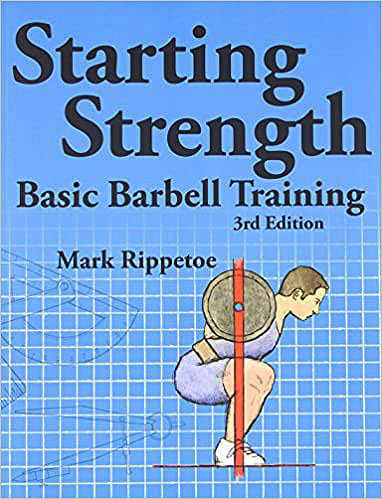


 By: Big Dog
By: Big Dog
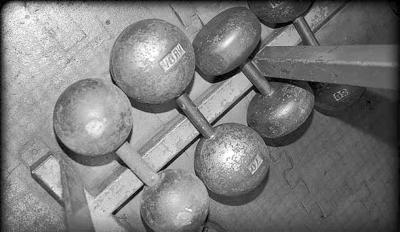
Three white lights, and the roar of the audience confirm that the lift is good. As my senses return from a near blackout state, the platform is swarmed with congratulations from my spotters and peers. It takes a few moments to recover from pressing over half a ton from my chest. Before I know it I've been pulled to my feet and a microphone placed in my hand. The incredible flood of satisfaction, a culmination of months of planning, is intense. I wouldn't be standing here without my 24 years of experience preparing for a powerlifting meet. You want to start some history? Here are my five most important "money" factors to attain your own record-breaking lift.
To be successful in any endeavor, training requires planning. This holds true for record-breaking lifts. Luck and skill also play a role, but if you try and "wing it" chances are you will fail. When I decide which meet I want to do, I plan out how long I have to get ready and what weights I need to achieve in training to be ready for meet day. Those weights are based on what I've done previously in training and where I'm at currently. Normally I hit the weights I am looking for, on occasion I have exceeded projections and I also have failed to hit them.
When you fail to hit the mark, you could be having an "off-day", it may be due to outside forces (i.e., lack of sleep, not eating properly, stress, etc.), or it may be that you possibly over-projected your strength curve. At this point all is not lost. Be flexible enough to make adjustments and continue towards the meet. One bad day doesn't kill a training cycle, not even 2 or 3. I've endured up to 5 bad training days and still broke world records.
When I hit rocky patches, I make the necessary adjustment (and in hindsight, the correct ones) and never threw in the towel no matter how bad my mind wanted to. My heart would never let me. Some people look for the "perfect" training cycle. I've been training for 24 years, and I have never had one. I've come close but we are human not machines.
The main goal in planning out your training is to slowly raise your strength level and start peaking for the contest. Trying not to peak prior to the meet, a lifter must walk a very fine line to achieve this. If you peak too soon, the likelihood of regaining it is slim to none. If you hit the nail on the head, you have one more bullet in your gun to work with.
My support system, in my opinion, is the most important of the five steps. When I was on my historic run, where I went from an 800lbs bench to the iconic 1,005lbs bench in November 2004, I had a superb support system. I had great training partners and friends who I could talk to about anything or vent about the things that were bothering me. Then one-by-one, my training partners stopped coming to the gym. The friends that I came to rely on all of a sudden were too busy to talk or never returned phone calls.
I replaced the training partners with new personnel, but I knew right from the start this was going to be a very fragile alliance. I put people in positions in which they were uncomfortable and they came up short when I needed them the most, constantly missing training sessions. Some were giving me incorrect information or suggestions on my training. In early 2006, my current hand off man, Andy Shaffer, came to train with me. Several months later, he became the lead man on my crew after the last guys bailed on me.
For a period of time, Andy and I trained alone, muddling through by inquiring when other gym members were training, so we had the extra bodies required to accomplish our training. There were times I had to change my workout schedule and train on short rest because people weren't going to be at the gym. When you are near the end of a training cycle, you need every moment of rest, without that rest, you risk injury.
Toward the end of 2006, I needed to be in an environment where I wasn't the only "big dog". I have friends who train about two hours north of my home. Giving up a whole day with travel and training, the rewards are well worth it. I got everything I needed to go past where I was and go where no one thought was possible. The missing piece of my puzzle? Reliable training partners, enthusiastic environment in which to succeed, positive peer pressure and accountability. Those who I train with are also top level lifters. If they see me quit a set and I have more in me, they'll let me know and give me a hard time about it.
Another key aspect of support is therapy. I utilize deep tissue massage and chiropractic care. Without them I would not be able to continue training and competing at this high of a level. At first I sought them out to treat injuries. After a time, I saw the value in them as preventative maintenance. I have been lucky to avoid any major injury that would require surgery, attributing this to Gary and Dr. Pete whose therapy is incomparable.
I take an interactive approach to my physical maintenance program, informing each of how my body responds to treatments, how it handles certain workouts, etc. I am lucky that each has either previously competed or has an appreciation of the sport. They take an active interest in my progression and constantly go above and beyond anything I have ever expected to make sure I'm ready for my next record-breaking lift.
The final and most important piece of the puzzle is my fiancée', Ame. She makes home life relaxing, playing multiple roles. Coming from a powerlifting background, exposed to every aspect of this sport, she has an understanding of what drives us to go above and beyond. After most of the guys I know meet her, they remark to me that they wish their wives/girlfriends were more supportive of their pursuits. Ame on many occasions has helped defuse tense situations and restore the positive outlook that I need to continually make gains in my training. Having somebody to give you their opinion or share their perspective helps you maintain focus on the big picture. It doesn't hurt that they are there to help you remember the little things, like taking your Animal Pak or other supplements.
In short, my support system consists of many parts, but each plays a vital role. I value each and every one of them. Without them, I would not be able to push the bar higher and higher.
Nutrition is a subject that has been beaten to death in the past few years, but without it, I would still be a 165 pound bean pole. Staying consistent is key for getting to that record-breaking lift. This is no time to start changing your eating habits or supplementation. I don't worry about cutting weight or bulking up for meet. Instead, I let my body decide where it wants to be. Changing weight may affect your equipment's performance. I know what makes me feel good and what will fuel me through my workouts. I look at my body like a high performance race car--you wouldn't put low grade gasoline in its tank. High quality fuel facilitates extreme performance.
Largely overlooked, traveling will play a role if you are fortunate enough to attain elite status in the sport. You simply cannot break records at local gym meets or YMCA competitions. Records are usually reserved for State, National or World meets. This way all precautions can be taken to preserve the validity of the lift. In most cases a lifter will need to travel as little as 1-2 hrs or as long as 8 or more hours.
During the travel process, several key ingredients that you are so diligent in keeping a steady eye on during training will be disrupted: sleep, food intake, and stress. Sleep will be disrupted, as you'll usually need to wake up early for departure. For me, no matter how hard I try, a car ride is not restful--especially a long one. Eating habits change--you can't eat at regular intervals and are forced to eat quicker meals than normal because you want to get to your destination faster. It's easier driving than flying where you lose a lot of control to the schedule of an airline.
Your sleeping and eating patterns return to somewhat normal patterns when you arrive, but not entirely. Eating patterns can resume quickly, but sleeping in a different bed, with the noises that occur in a hotel can make getting rest tougher thus throwing you off your game. Depending how smoothly your trip went can affect the stress levels that are slowly increasing in your body as the contest grows nearer. The better you handle the stress, the less taxing it is on your performance.
I generally like to arrive about two days before I'm scheduled to compete. This way I get the travel out of the way and then decompress. I like to travel with a cooler of food, ready to make a sandwich or protein shake as I need them. My pillows and a fan also come along. I try to recreate my bedroom at the hotel, and the fan helps to drown out the slamming doors and dinging elevators. Then I start to soak in my surroundings, finding restaurants and supermarkets/department stores so if I need something I won't be running around wasting time and energy.
I've seen many a lifter underachieve or even "bomb out" of meets because they poorly planned their trip, at the mercy of outside forces beyond their control. How quickly you set out and arrive at your desired destination and resume your normal patterns play a role if you're successful or not.
I, much like every other serious powerlifter who has ever competed, plan out their warmups. I generally start getting an idea a few weeks out from the meet. It will go through several adjustments as time grows closer. The night before is when I determine the final plan. My warmups generally look like a normal heavy bench workout. But in this case, I want to get to my opening weight without expending too much energy.
You see for me, I need upwards of 2 hours from the time I start loosening up to my final warmup lift. That's because I need time to do my unequipped warmups. Those are the ones without my bench shirt. Then I need 30 minutes, give or take, to put my shirt on and make all the necessary adjustments so the shirt fits and performs correctly. My remaining warmups are done with a minimum of 10-15 minutes between each set. You can't start at 550lbs adding 100lbs at a shot ending in the upper 900lbs and lift every 2-3 minutes. I want to be fully rested before undertaking my next weight.
During this whole process, I need to be flexible in my planning. Even though I spend countless hours planning and re-planning. If things aren't going accordingly, I need to make adjustments. If I’m not feeling particularly strong, I may need to adjust my attempts. Or if I’m having trouble getting the bar to my chest and touching, I might need to increase my opening attempt. Timing is also important, the cadence of the meet dictates when I start warming up. I need to make sure that my last warmup is timed so that my first attempt is within the 10-15 minute rest period.
It is a delicate balance of meticulous planning and calm resolve to make on the fly decisions that could make or break your day. After all's said and done, it's showtime. Time to go and let it all hang out, see if you made all the correct decisions with your training, support, nutrition, travel and warm-ups. If you're right, there could be a new record in your future.
Tags: strength life
Sponsored Products:
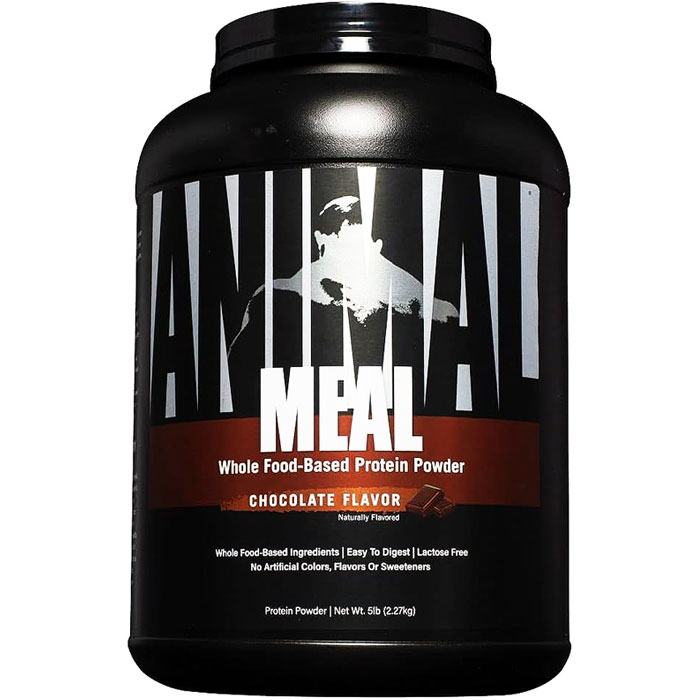
ANIMAL
MEAL
Whole Food Protein Powder

ANIMAL
S. CREATINE
Endurance & Recovery

ANIMAL
ENERGY CHEWS
Fast Acting
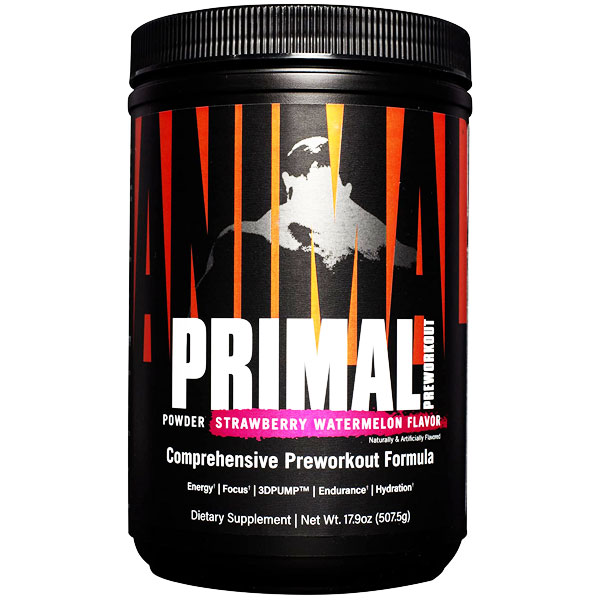
ANIMAL
PRIMAL
Comprehensive Pre-workout!